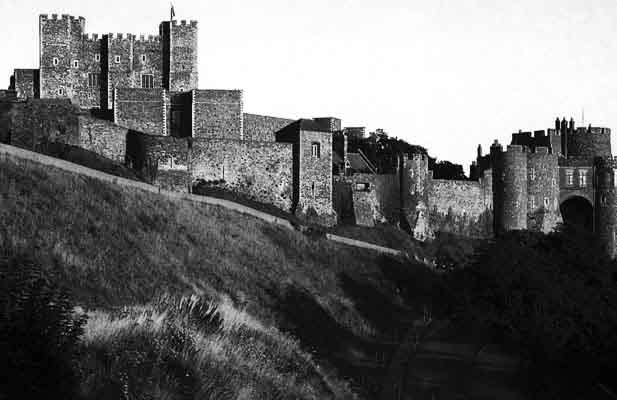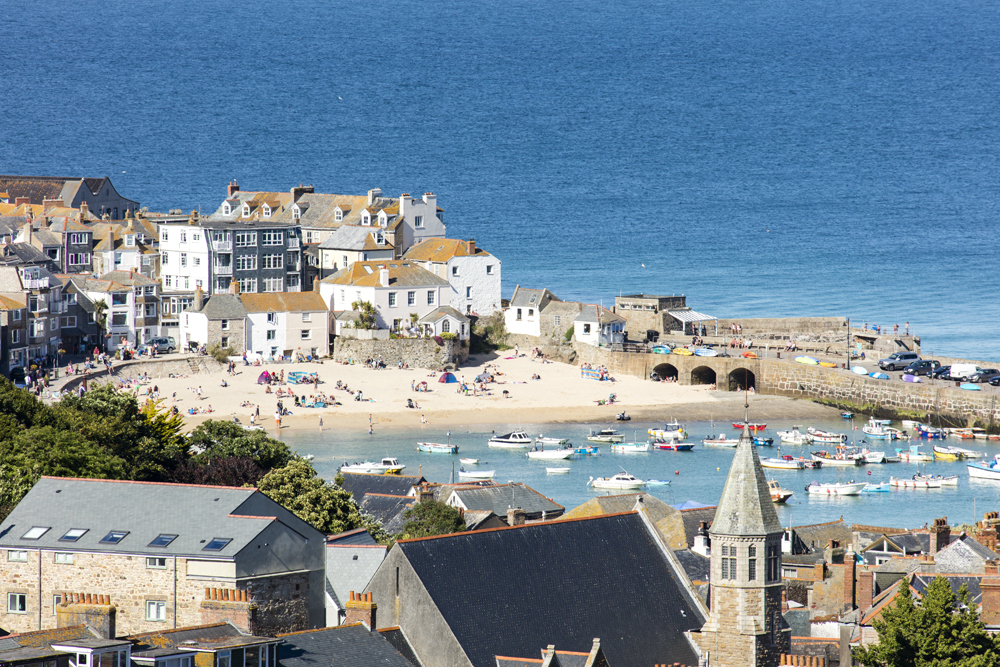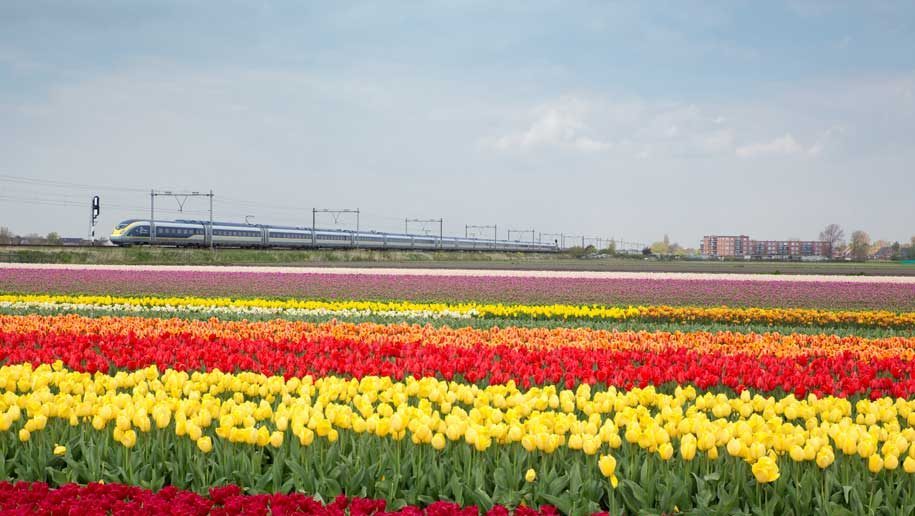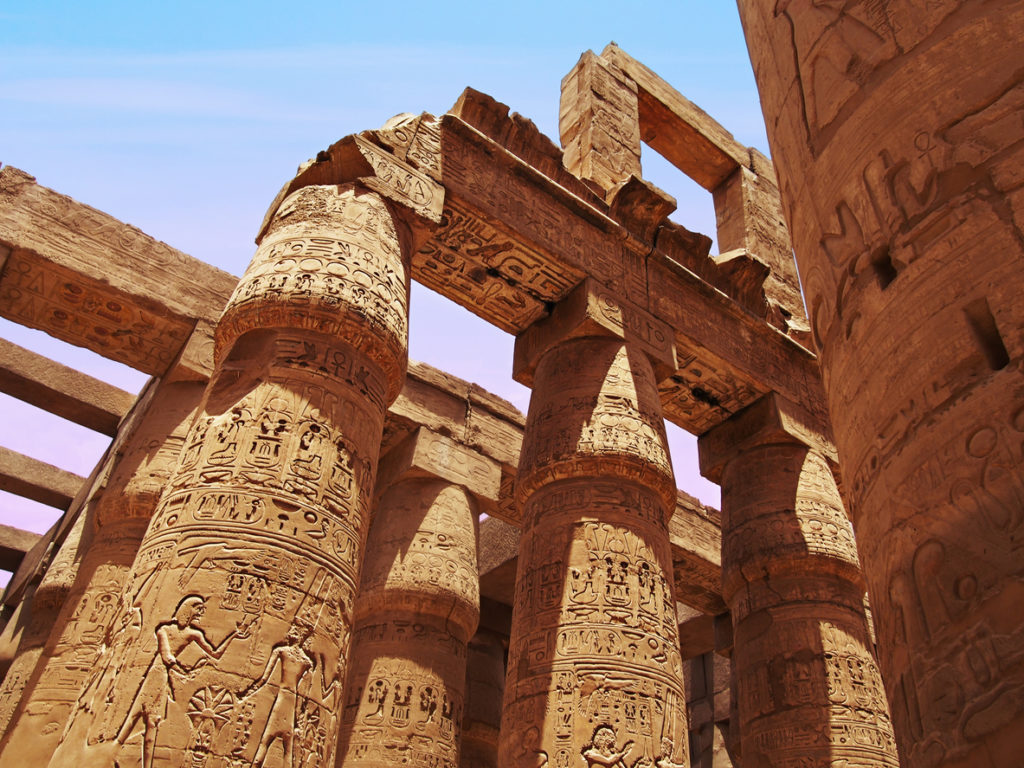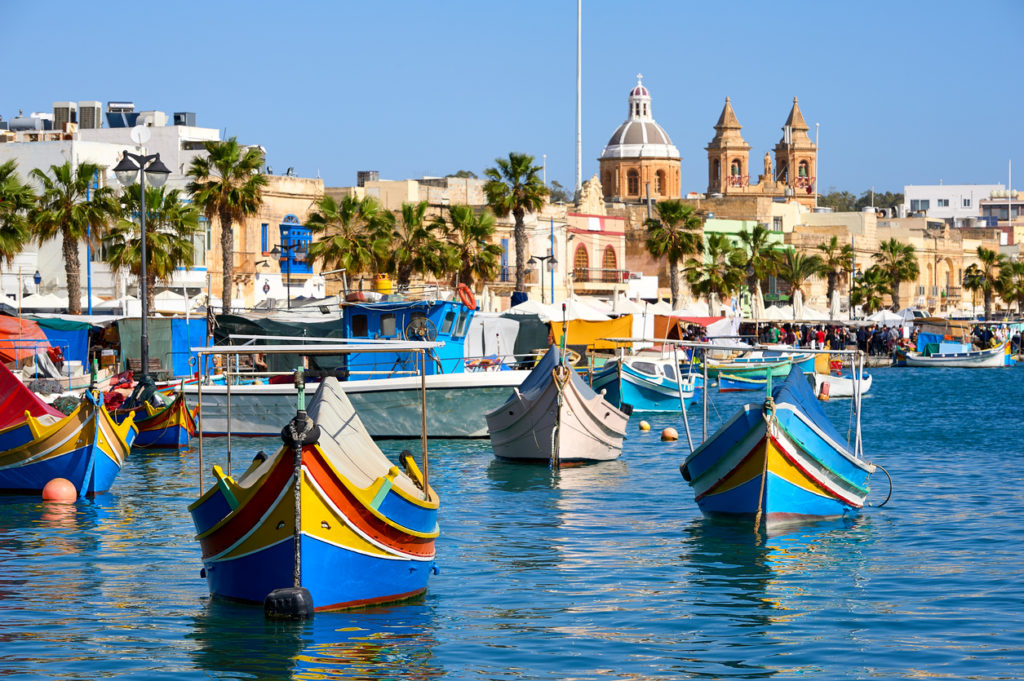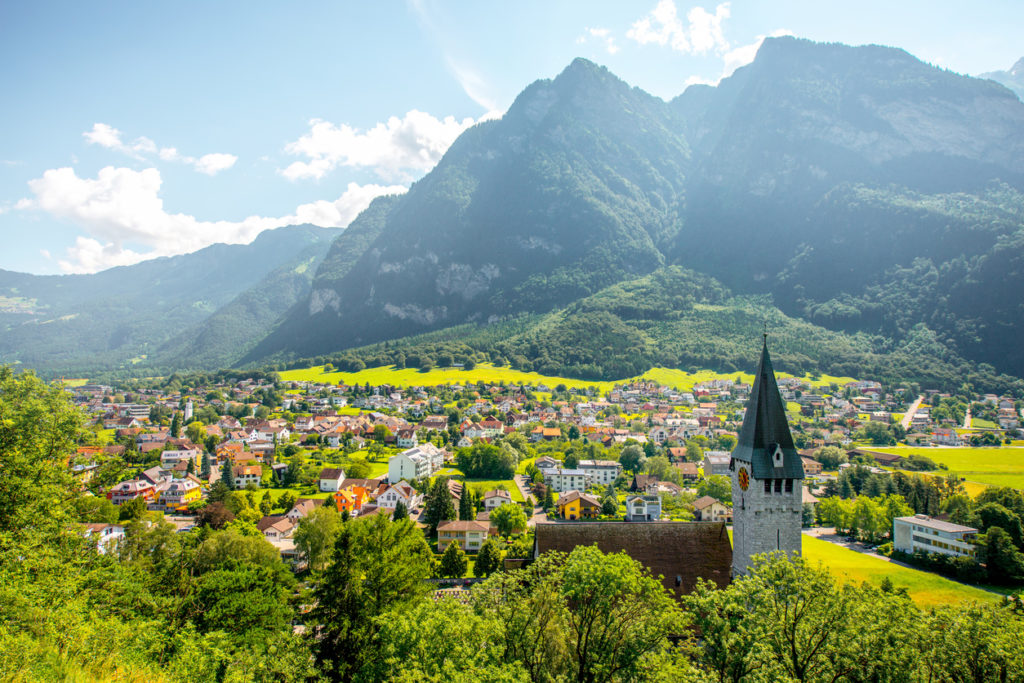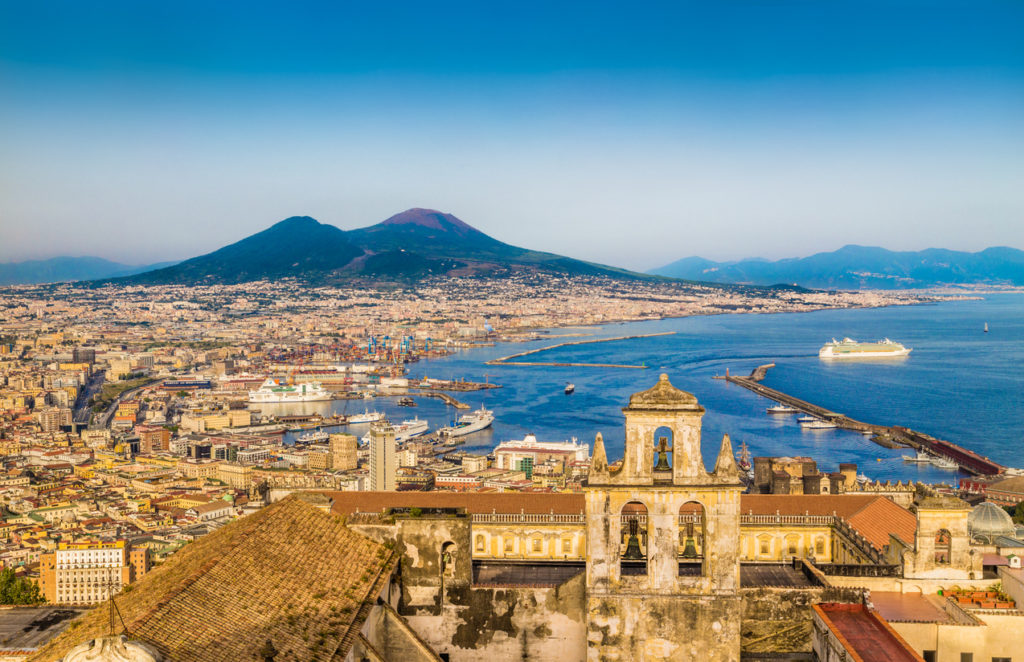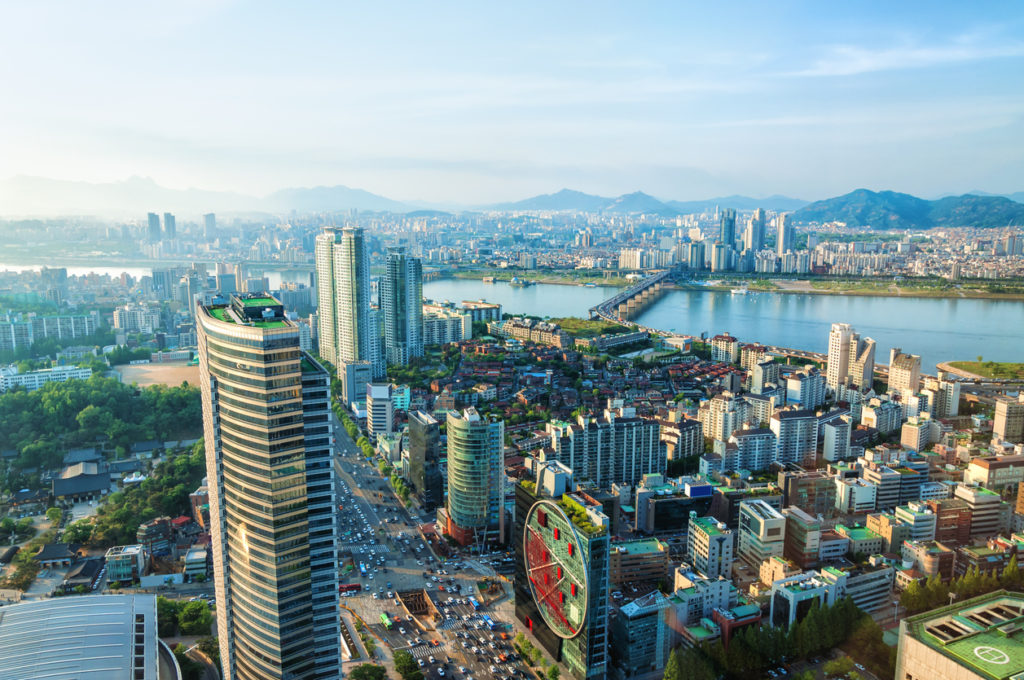
Seoul, the vibrant capital of South Korea, is a city steeped in history and culture while embracing modernity and innovation. Seoul has something for everyone, from its bustling shopping districts and vibrant nightlife to its ancient palaces and traditional villages. With its fascinating blend of the old and the new, Seoul is a city that is sure to captivate and intrigue visitors from all over the world. Whether you’re interested in exploring Korean history and culture, sampling delicious Korean cuisine, or simply experiencing the excitement of a bustling city, Seoul is a destination that should be at the top of your list.
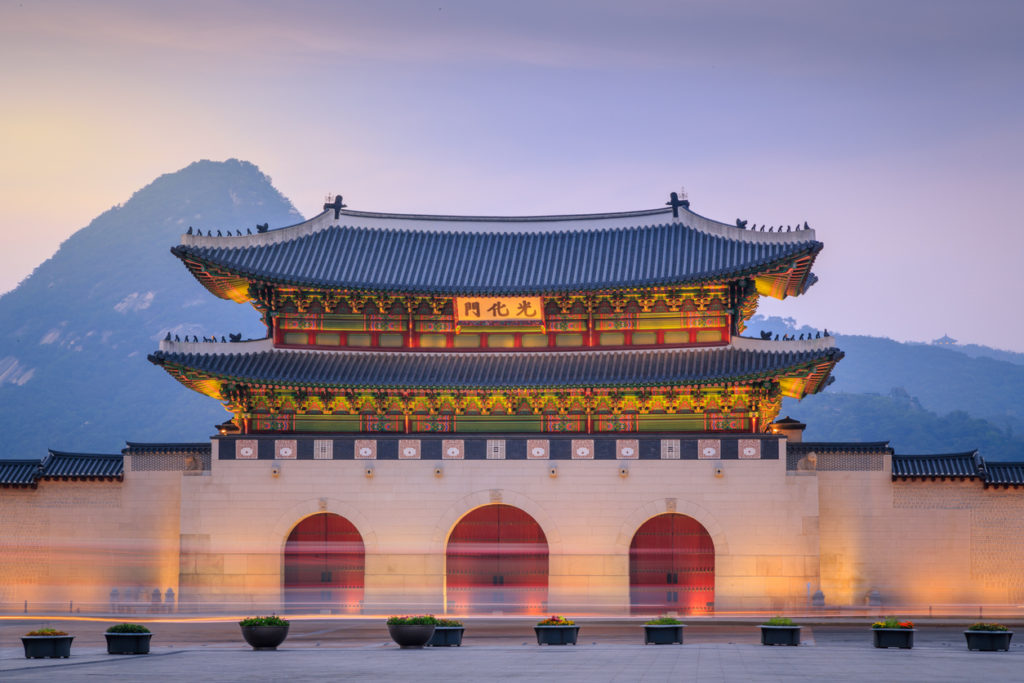
Visit Gyeongbokgung Palace
Located in the heart of Seoul, it is one of South Korea’s most iconic landmarks and a must-visit destination for tourists. The palace was initially built in 1395 during the Joseon Dynasty and served as the royal palace for over 500 years until it was largely destroyed during the Japanese occupation of Korea. However, it has since been restored to its former glory, and today it is a fascinating and picturesque glimpse into the country’s rich history and culture.
Visitors to Gyeongbokgung Palace can expect to be awed by the palace complex’s stunning architecture, intricate details, and grandeur. From the grand entrance gate to the throne room, visitors will be transported back to the Joseon Dynasty and can experience what life was like for the kings, queens, and royals of the time.
One of the most popular attractions at Gyeongbokgung Palace is the changing of the guard ceremony, which takes place at the palace gate several times a day. The ceremony is a colourful and elaborate affair, with guards dressed in traditional Korean clothing and helmets and carrying weapons replicas of those used in the past. Visitors can watch the ceremony and even take pictures with the guards.
Another must-see attraction at the palace is the National Palace Museum of Korea on the palace grounds. The museum houses an impressive collection of artefacts and exhibits related to Korean history and culture, including royal treasures, art, and daily objects used by the kings and queens.
For an extra-special experience, visitors can rent traditional Korean hanbok costumes and wear them while exploring the palace complex. This is a popular activity among tourists and locals alike and provides a unique and immersive way to experience Korean culture.
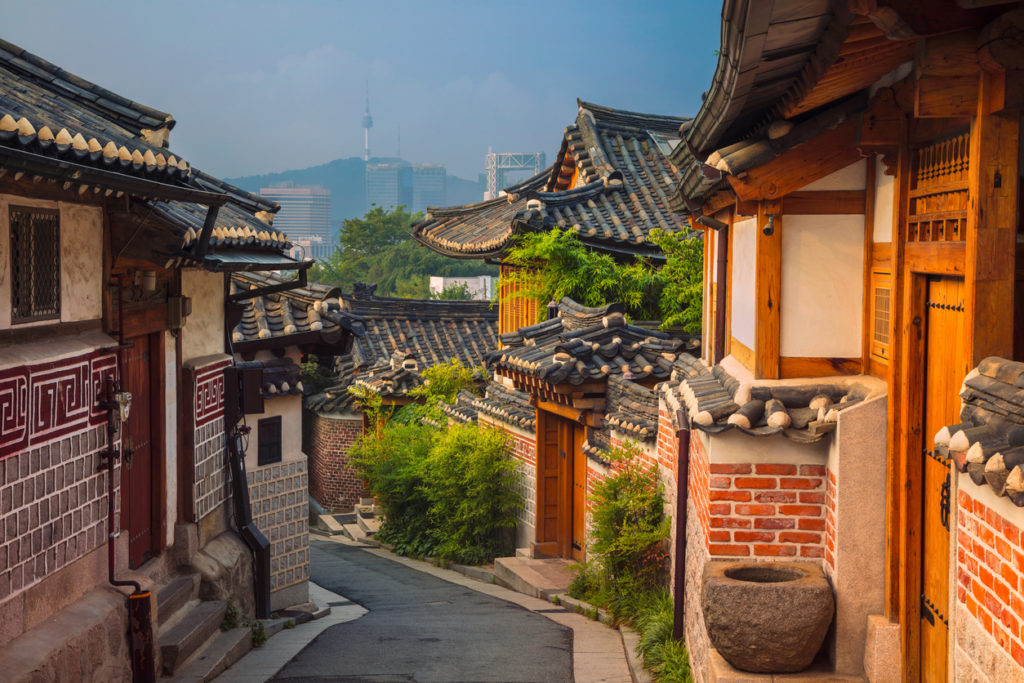
Explore Bukchon Hanok Village
Bukchon Hanok Village is a charming neighbourhood in Seoul that offers visitors a glimpse into traditional Korean life. The village is home to hundreds of traditional Korean houses, known as hanok, which date back to the Joseon Dynasty. Visitors can take a leisurely stroll through the narrow alleyways and admire the houses’ beautiful architecture and intricate details.
One of the best ways to explore Bukchon Hanok Village is on foot, as the neighbourhood is filled with winding alleyways and hidden corners that are best discovered on foot. Visitors can also take a guided tour to learn more about the history and culture of the area and gain insight into the daily life of Koreans in the past.
In addition to the traditional houses, Bukchon Hanok Village is also home to several museums, galleries, and cultural centers that offer a deeper understanding of Korean culture and history. Visitors can enjoy traditional Korean tea at a teahouse, try their hand at traditional Korean crafts like calligraphy and pottery, or even spend the night in a traditional hanok guesthouse.
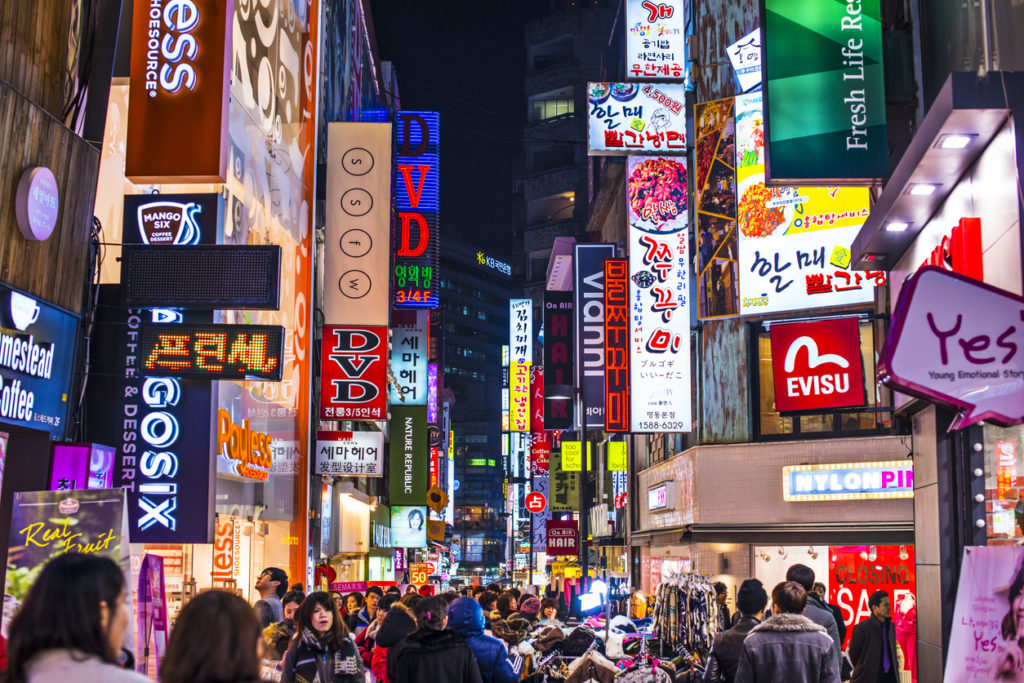
Shop and Eat
Myeong-dong is one of Seoul’s most popular shopping and dining districts, offering visitors a unique and exciting shopping and culinary experience. The neighbourhood has countless shops, from high-end boutiques to street vendors selling Korean souvenirs and street food.
For those looking for the latest fashion trends, Myeong-dong is the place to be. The district is home to many Korean and international fashion brands and beauty and cosmetic stores selling the latest skincare and makeup products. This is the place to be if you want to try out the best K-Beauty product. The shopping experience in Myeong-dong is unlike any other, with vibrant street performances and bustling crowds adding to the energy and excitement of the area.
When it comes to dining, Myeong-dong has something for everyone. The neighbourhood is famous for its street food, with vendors selling everything from traditional Korean snacks like tteokbokki and hotteok to international cuisines like Japanese sushi and Chinese dumplings. Visitors can also find various restaurants serving Korean cuisine, from traditional Korean barbecue to modern fusion dishes.
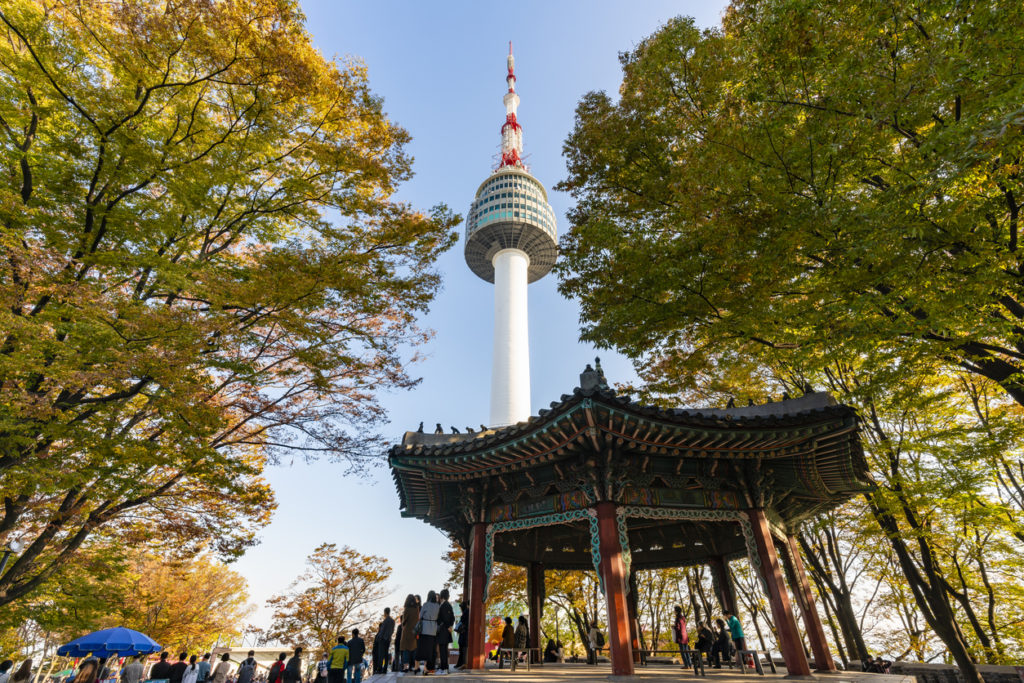
Visit Namsan Tower
Namsan Tower, also known as Seoul Tower, is one of the most iconic landmarks in Seoul and a must-visit destination for tourists. Located atop Namsan Mountain, the tower offers breathtaking panoramic views of the city skyline and is a popular spot for locals and tourists.
One of the best ways to experience Namsan Tower is by taking a cable car or hiking up to the top of the mountain. Visitors can take in the stunning scenery along the way and enjoy the fresh mountain air. Once at the top, visitors can explore the various observation decks and take in the stunning views of the city, especially during sunset or at night when the city is illuminated with thousands of lights.
In addition to the views, Namsan Tower offers a variety of attractions and activities. Visitors can enjoy a meal or a drink at one of the tower’s restaurants or cafes, shop for souvenirs at the gift shop, or even leave a love lock on the tower fence, a popular tradition among couples in Korea.
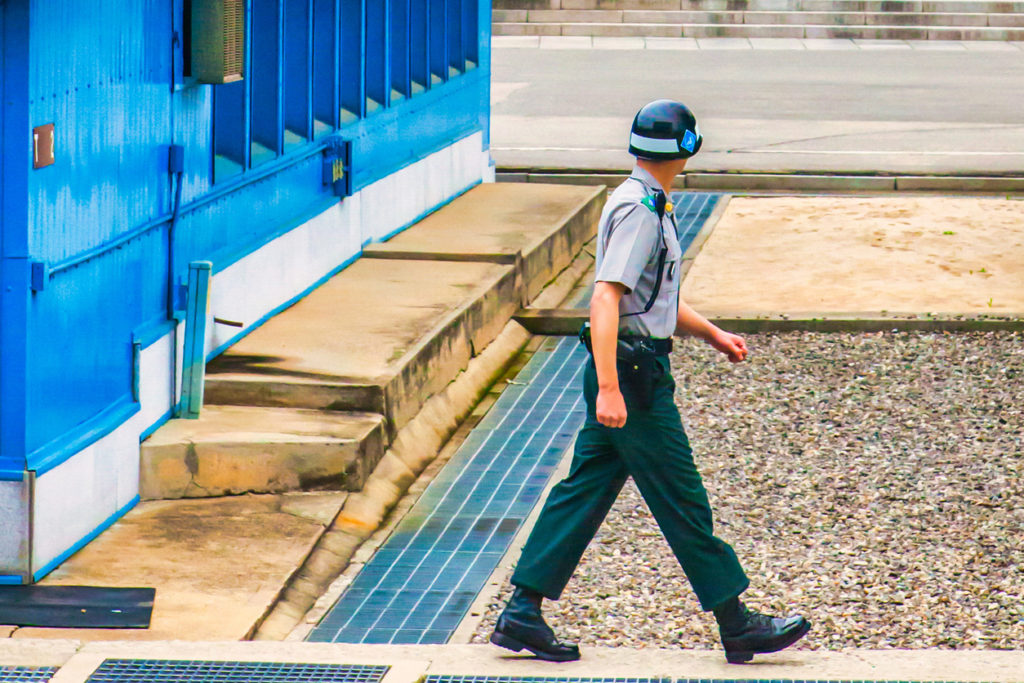
Visit the DMZ
The Demilitarized Zone, or DMZ, is a highly guarded area that separates North and South Korea. It is one of the most unique and intriguing tourist destinations in the world, offering visitors a chance to see the division between the two Koreas up close.
Visiting the DMZ is an unforgettable experience that provides a deeper understanding of the Korean peninsula’s complex history and current political situation. Visitors can explore the area on guided tours to various sites, including the Joint Security Area (JSA). Visitors can step into North Korean territory and even meet North Korean soldiers.
Other attractions in the DMZ include the Third Infiltration Tunnel, discovered in 1978 and believed to have been dug by North Korea for a potential invasion, and the Dora Observatory, which offers panoramic views of North Korea and its propaganda village.
Visiting the DMZ requires advanced planning and strict adherence to security protocols, as the area is highly restricted and heavily guarded. Nevertheless, for those who can visit, it is a once-in-a-lifetime opportunity to witness the division and tension between North and South Korea.


